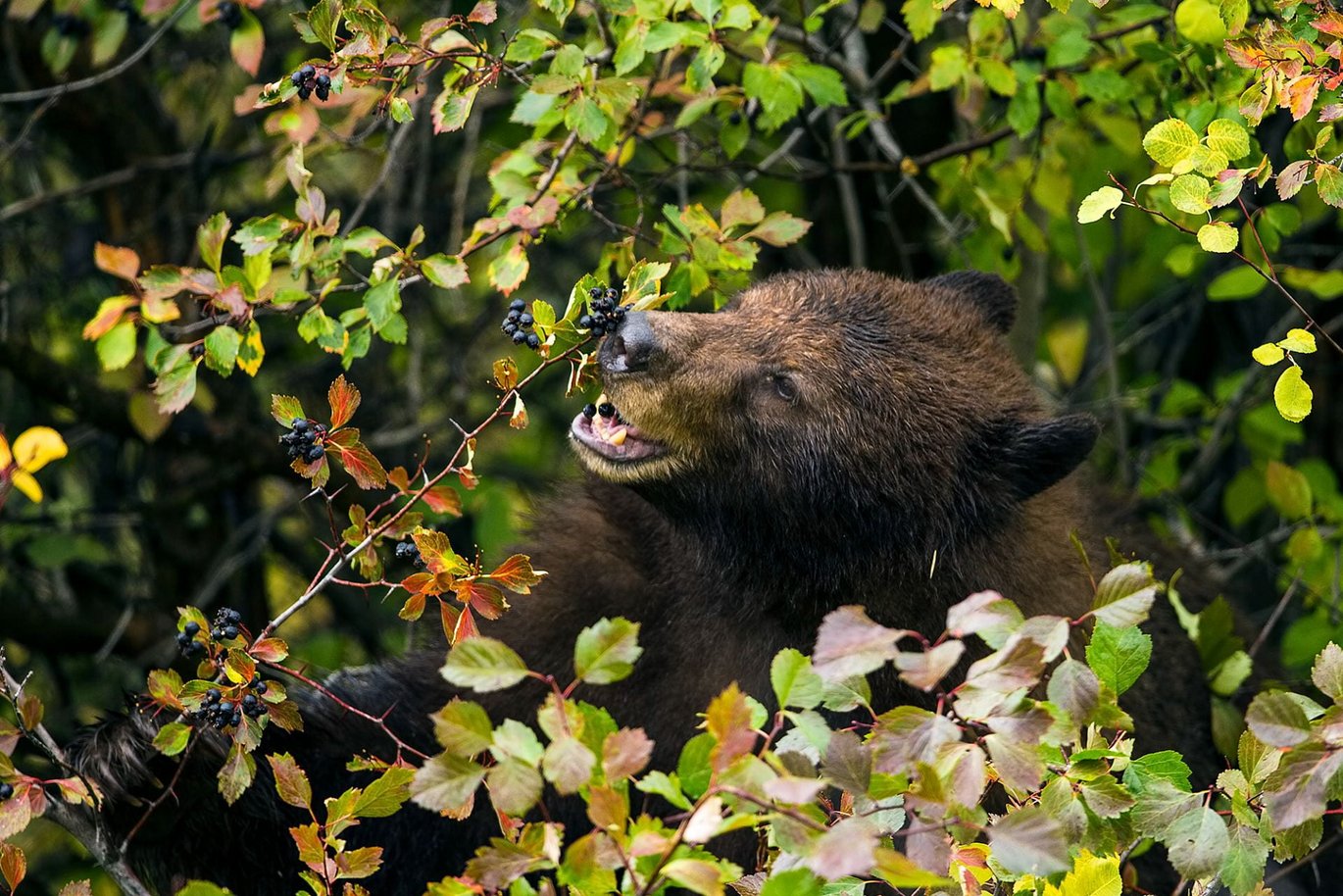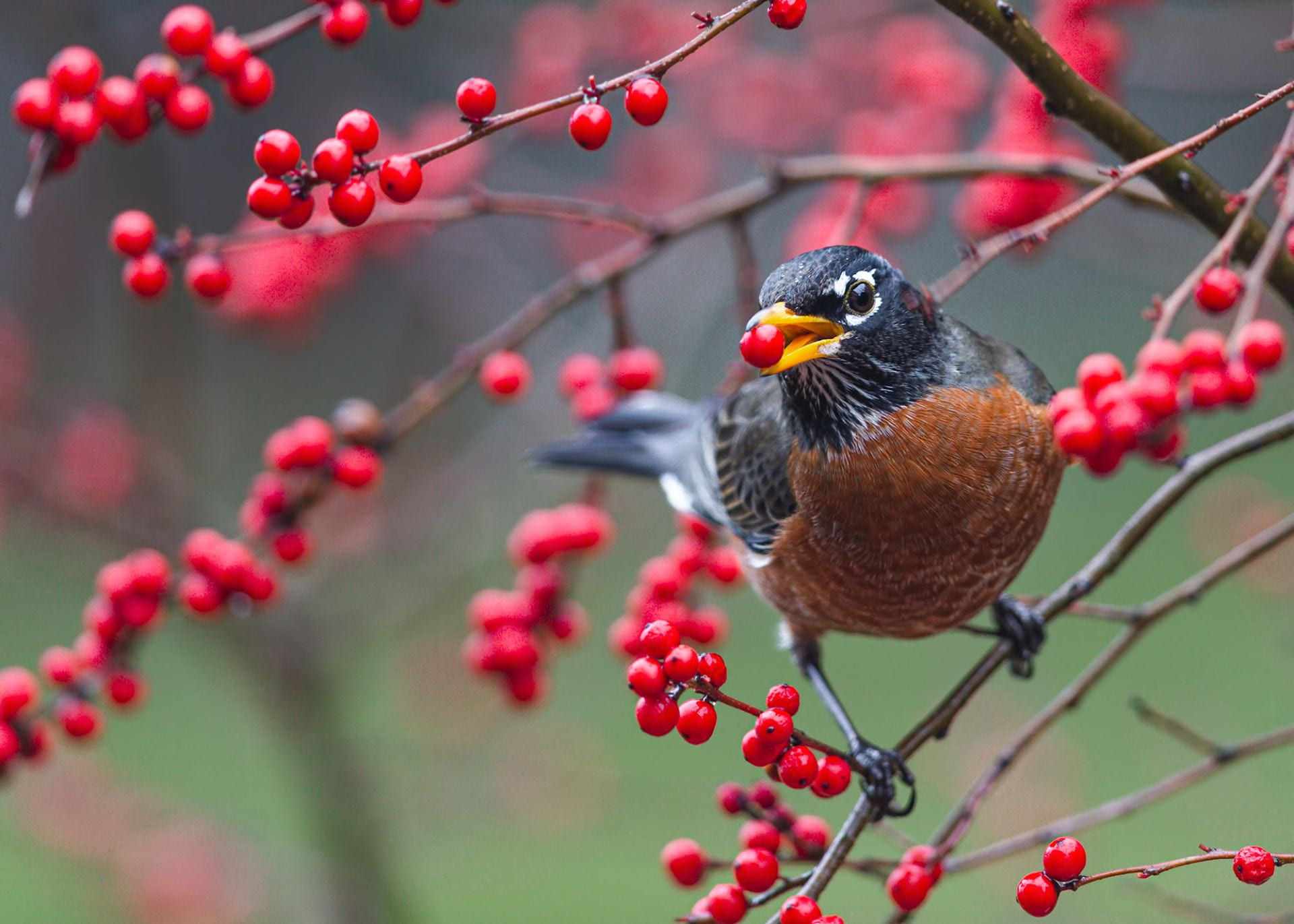Plants don’t have enough animals to spread their seeds
Around half of the world’s plant species rely on animals to spread their seeds. A new international study has shown that, as a consequence of the biodiversity loss of birds and mammals, these plants’ ability to adapt to climate change has fallen by 60%.


Many of the world’s plants risk extinction because there are too few animals to move their seeds far enough to keep pace with changing climate conditions.
This is the assessment of a research team consisting of two researchers from Aarhus University, Denmark and two researchers from Rice University, the University of Maryland and Iowa State University. The researchers used machine learning and data from thousands of field studies to map the contribution of seed-dispersing birds and mammals with regard to plants’ ability to spread around the world.
The researchers compared maps of seed dispersal today with maps showing what seed dispersal would look like without the influence of humans – i.e. extinction or species range restrictions.
The study is featured this week on the cover of the prestigious scientific journal Science.
Plants can’t escape climate change
Many plant species are forced to ‘migrate’ to new areas when the climate changes, and the only way they can do so is by animals eating or collecting their fruit, e.g. berries or nuts, and then spreading the seeds to new areas where the plants have a chance of surviving.
This system of seed dispersal has worked for the past several million years - plants have survived through ice ages and other climate fluctuations with the help of hungry birds and mammals. But today, plants face very rapid climate change, and biodiversity loss of birds and mammals means that there are now fewer animals to spread the seeds.
This has led the researchers to caution that plant species that rely on animals to spread their seeds have suffered a 60% reduction in their ability to keep pace with the current climate change. And such plant species account for about half of all the plant species in the world.
The crisis will get worse
“Our study shows that the biodiversity crisis means more than just a loss of species. It also entails a loss of functions that actually make the crisis even worse,” says Jens-Christian Svenning, the study’s senior author and professor at Aarhus University’s Department of Biology.
The study shows that the decline in seed dispersal already seen due to the extinction of some animal species is especially severe in temperate regions across North America, Europe, South America and Australia. If endangered animal species also become extinct, this will particularly affect the tropical regions across South America, Africa and South-East Asia.
“We found regions where climate-tracking seed dispersal declined by 95%, even though they’d lost only a few percent of their mammal and bird species," says ecologist Evan Fricke from Rice University in Texas, the study’s first author.
This may also lead to a decline in plant biodiversity. Not only will this affect the plants, it will also affect the many other species that depend on the plants, e.g. bees and butterflies, and the many benefits that plants give humans, from carbon storage (CO2) to maintaining people's livelihoods.
“When we lose mammals and birds from ecosystems, we don’t just lose species. Extinction and habitat loss damage complex ecological networks. This study shows animal declines can disrupt ecological networks in ways that threaten the climate resilience of entire ecosystems,” says Alejandro Ordonez, the study’s co-author and assistant professor at Aarhus University’s Department of Biology.
Restoration is needed
The researchers suggest that the decline in seed dispersal can be countered by restoring ecosystems and improving the connectivity of the natural habitats.
“It’s important to protect and restore natural habitats, but our study also shows that it’s just as important to restore especially populations of the larger animals that are often missing and that are vital for ecological functions such as the dispersal of seeds," said Jens-Christian Svenning.
Additional Information
We strive to ensure that all our articles live up to the Danish universities' principles for good research communication (scroll down to find the English version on the web-site). Because of this the article will be supplemented with the following information:
| ITEM | CONTENT AND PURPOSE |
|---|---|
| External funding | National Science Foundation, VILLUM FOUNDATION and Aarhus University Research Foundation |
| Conflict of interest | The authors declare that there are no conflicts of interest |
| Link to the scientific article | https://www.science.org/doi/10.1126/science.abk3510 |
| Contact information | Jens-Christian Svenning, professor, head of Center for Biodiversity Dynamics in a Changing World (BIOCHANGE) at Department of Biology, Aarhus University |
